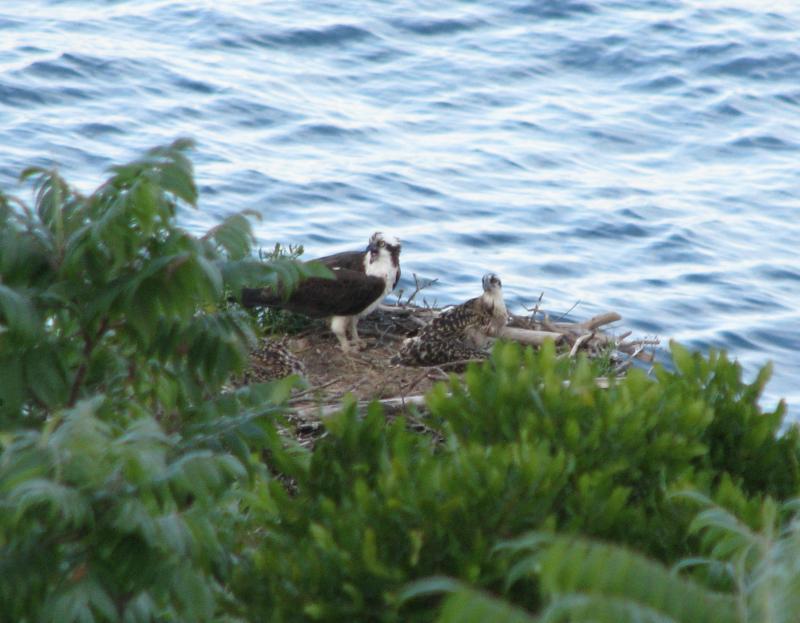Timing is everything
How many stories have we all heard over recent years about people buying a house at the height of the market when prices were overinflated and then having to deal with the financial consequences for years to come? There are probably also stories about someone selling a house at the height of the market and making a hefty profit.
Either way, the outcome is all about timing.
Not long ago, the warm days brought the crabapple tree in our yard into its full spring flowering glory — an explosion of deep purple-pink blossoms. There, along with the many bumblebees and other insects taking advantage of it, was a ruby-throated hummingbird hovering and zipping from blossom to blossom.
Now that’s a creature that has to get the timing right!
Imagine leaving the warm, humid Central American wintering grounds, presumably ripe with many flowers, and striking out for parts north. When the first ruby-throats leave Central America, it’s way too cold up here in Maine; there aren’t likely to be many flowers here if they arrive too early — there simply will be no food for them, and cold conditions will weaken or even kill them. If they arrive too late, some of the flowers that they rely on could have already blossomed. They may start nesting too late in the season to catch the peak of insect abundance they’ll need to feed their tiny nestlings.
On the other side of the ecological community equation, there may be a particular plant that relies on hummingbirds as pollinators that would not have successful seed production if the hummingbirds were not there at the peak flowering time.
That’s just one example of how the timing of complex interrelationships in the natural world impact species. The study of the timing of natural events and cycles is called “phenology.” Over the last decade or so, phenology has attracted many researchers, especially as the world struggles to better understand the impacts of our changing climates.
The annual spring alewife run is another fascinating and vitally important natural cycle that has a ripple effect in the ecology of the natural world in our area. Bald eagles are likely feeding nestlings at about the time the alewives hit their peak abundance.
Osprey eggs may not have hatched when the alewives first start to migrate back, but the fish will be a vital food source for the adults while they are brooding the eggs. In early June, as Osprey eggs hatch, the adults will certainly look to alewives as a food source for the young in places where the fish are still running.
The ash trees that are always the last to leaf out each spring traditionally are local hotspots of insect abundance, providing essential food for the last remaining migrant warblers on their way north as they arrive from tropical wintering grounds.
Birds like blackpoll warblers that have just made their way north from the Amazon of South America search out those ash trees after a long nocturnal migration flight.
Right now, most birds are in “child rearing” mode when timing may mean the difference between their young getting enough food to carry on as the next generation of their kind. When it’s a matter of life or death, timing really is everything.
Event Date
Address
United States
























